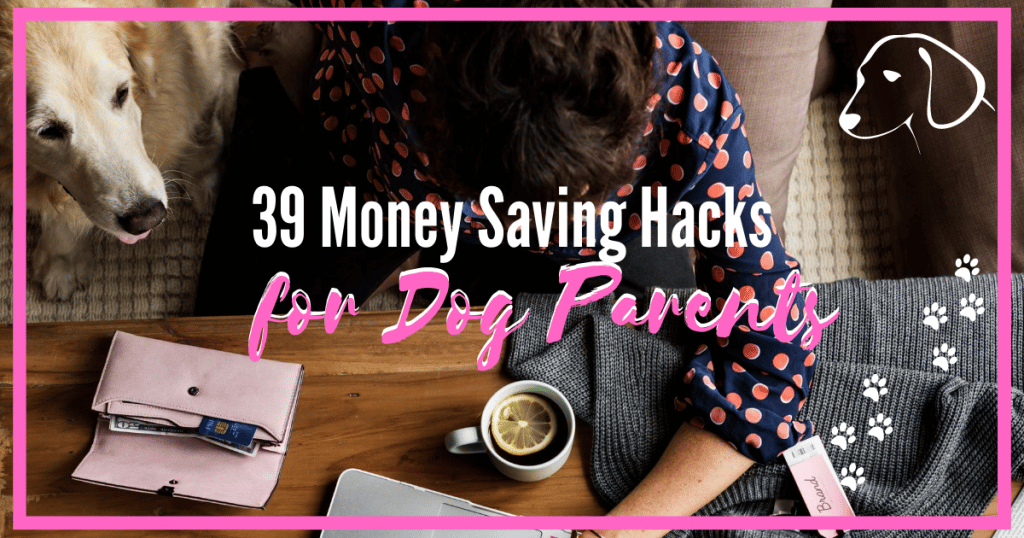Include Fido in Your Budget

Shop Wisely

Research Local Vets

Another way you may be able to help your bottom line for pet care is by taking advantage of referral programs. Our clinic offers an account credit for each new client that a current patron refers.
Schedule Routine Check-ups

Know the Breed

According to certified animal advisor Roberta Gleicher, “Many purebred dogs and cats are genetically prone to developing certain health problems.” That’s why it’s important to know the details about your pup’s breed. If you know which conditions Fido may be prone to develop, you can figure out if there’s anything you can do to reduce the risk of disease.
Buy Medication Online
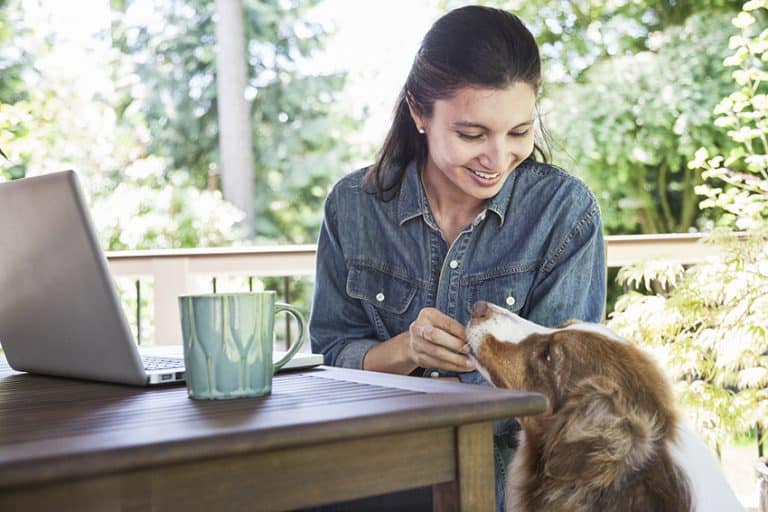
Use Flea and Tick Prevention
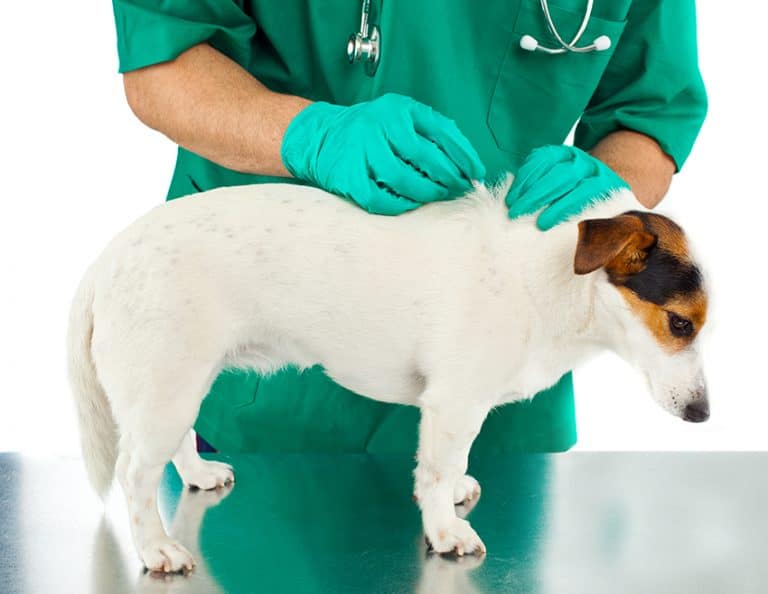
Spay or Neuter Your Dog
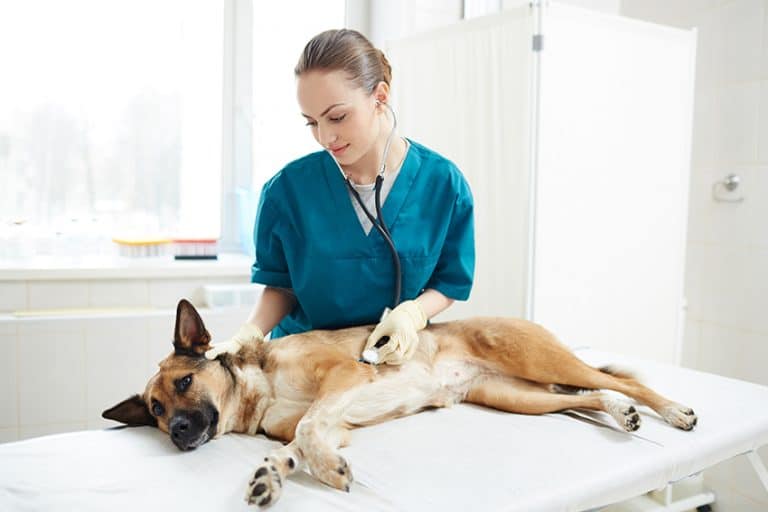
- Pregnancy prevention - Puppies cost money to raise until they go to new owners. There are supplies, starter food, dewormer, and first vaccinations.
- Castrated males have a reduced risk of testicular or prostate cancer.
- Spayed females have a reduced risk of breast cancer.
Practice Oral Hygiene
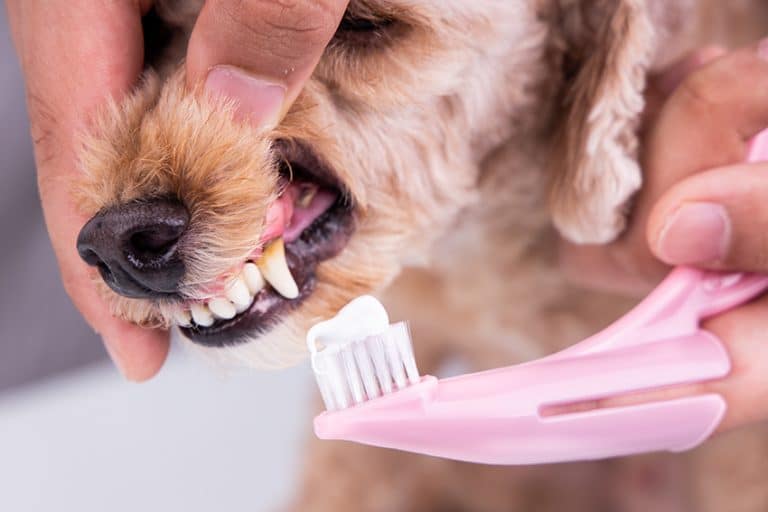
Brush Your Dog’s Teeth
Schedule Regular Dental Cleanings
Practice Paw Hygiene

Learn How to Trim Your Pup’s Nails
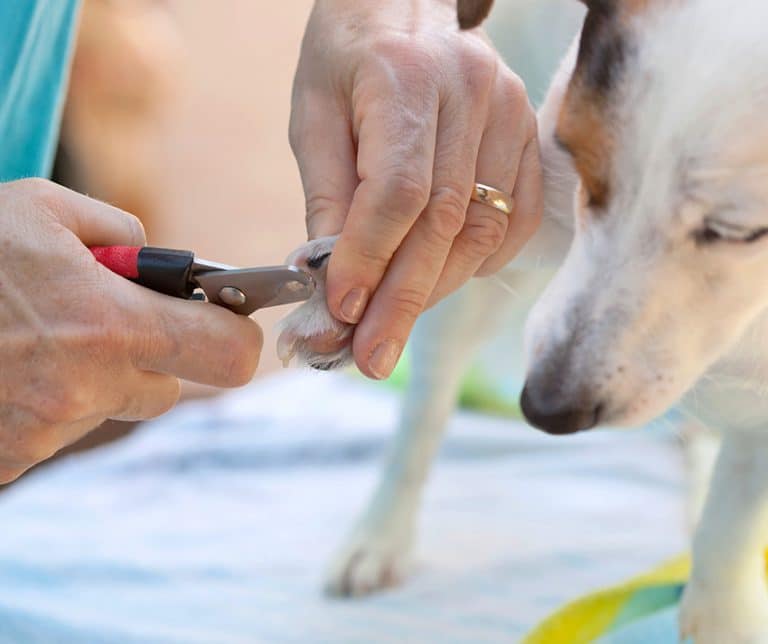
Skip the Groomer - Bathe Fido at Home
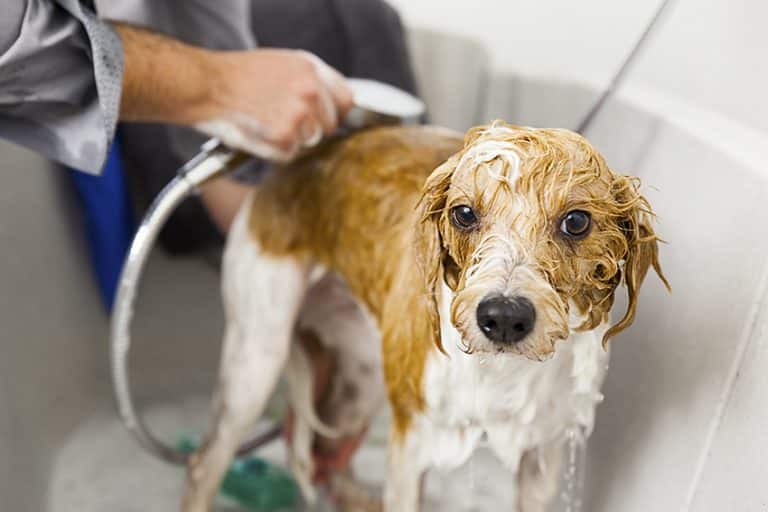
Extend the Life of Your Shampoo
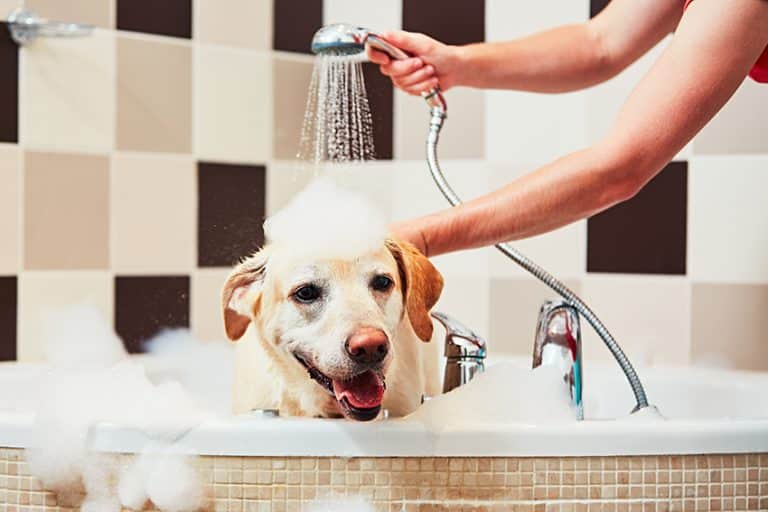
Exercise Your Dog

So, the best way to reduce the risk of a range of health problems, keep your pooch fit. Watch his weight by providing appropriate food and limited healthy snacks. Provide him with ample exercise. This will help him maintain a healthy weight and burn off extra energy. You may even find that your special pal is better behaved when he’s a little tired!
Don’t Overfeed Your Dog

Let Your Dog Nibble Kibble

Make Homemade Treats
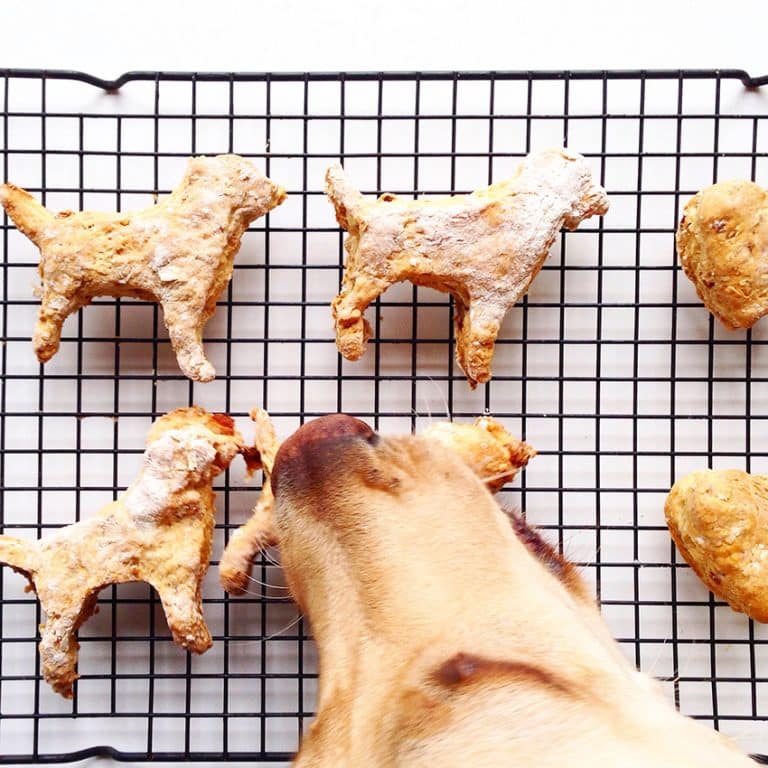
Befriend Other Dog Parents

Borrow Puppy Supplies

Hold a Swap Meet

Budget for Emergencies
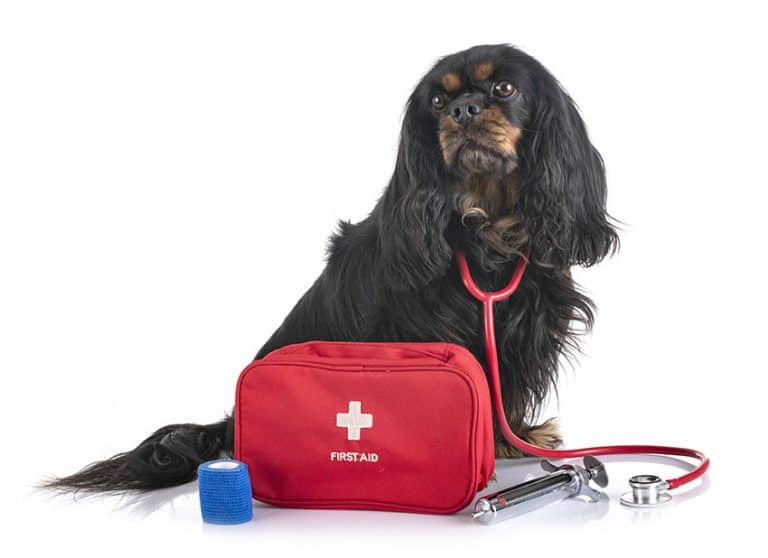
Invest in Dog Insurance

Buy in Bulk and Use Auto-Ship
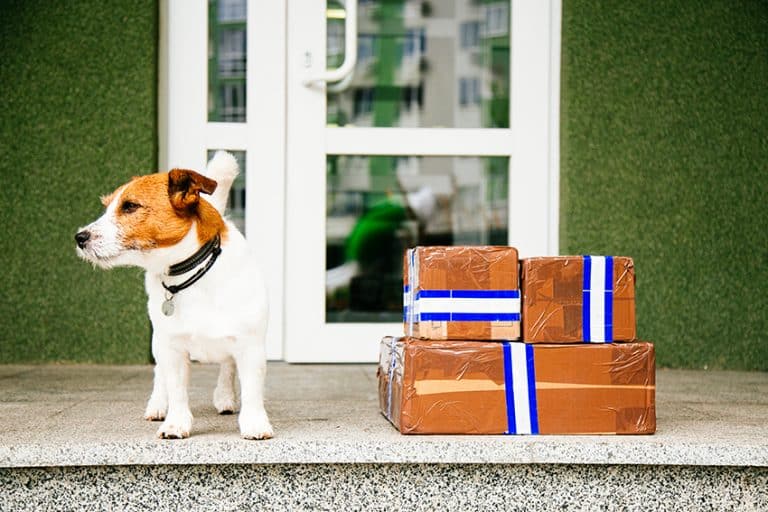
Loyalty Has Its Benefits - Take Advantage

You can also search manufacturer websites for special discounts on products like an orthopedic bed or specialty food. Some sites allow you to sign up for special promotions. As long as you don’t mind the extra email, go for it. Bear in mind that Amazon will not redeem manufacturer coupons, but they do offer special discounts to their Prime members. It pays to do a quick database search before clicking the “buy now” button.
Be Fido’s Personal Trainer
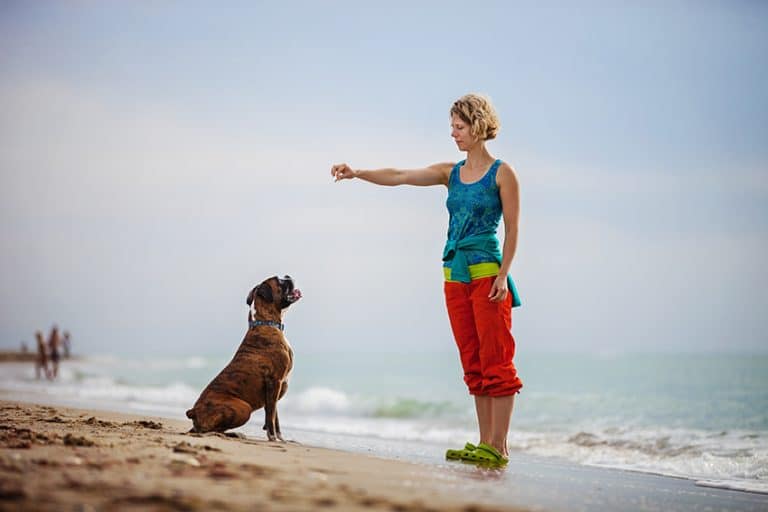
Invest in Durable, High-Quality Dog Toys

Use a Kiddie Pool to Keep Fido Cool
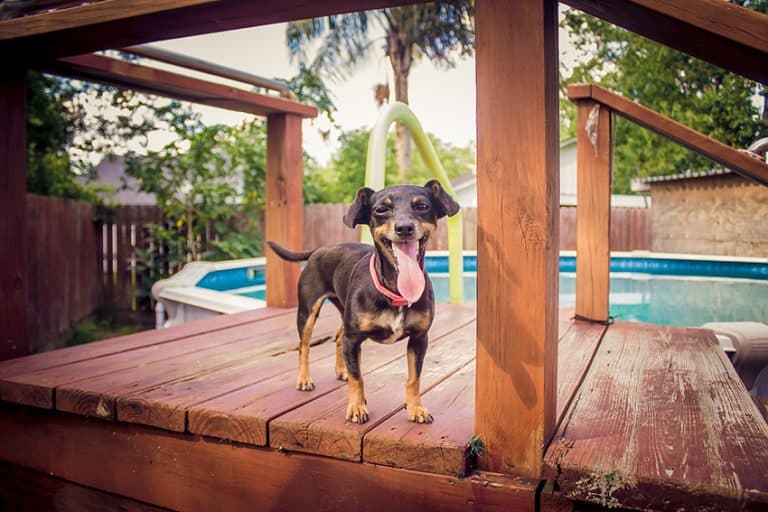
Collect Coupons

Review Products for Free Samples
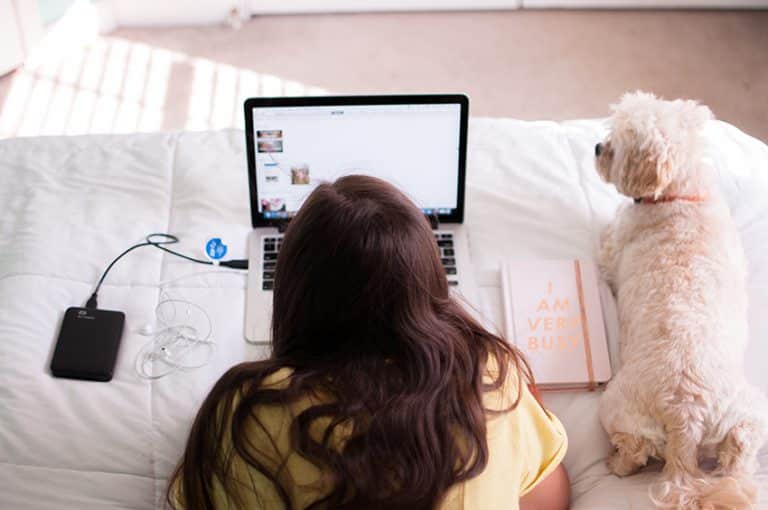
Join email Lists

Consider Off-Label for Some Things
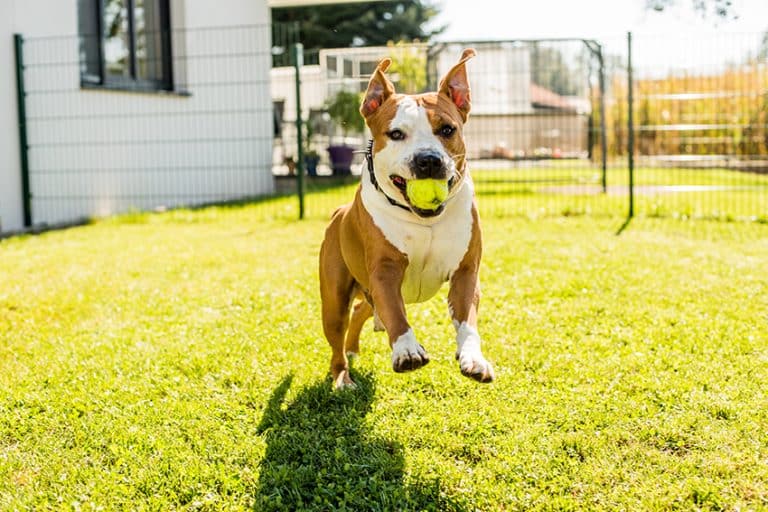
So, what things can be generic? Items like fetching and tug toys. As long as you pull these items out for playtime and store them when you’re not using them, they can be inexpensive. Your four-footed friend will enjoy chasing a cheap tennis ball as much as a brand name orb. Food and water dishes can also be simple and inexpensive unless you need a special feeder like a slow-feed dog dish. Just make sure the materials are safe for your pal’s food and water.
Save on Poop Bags
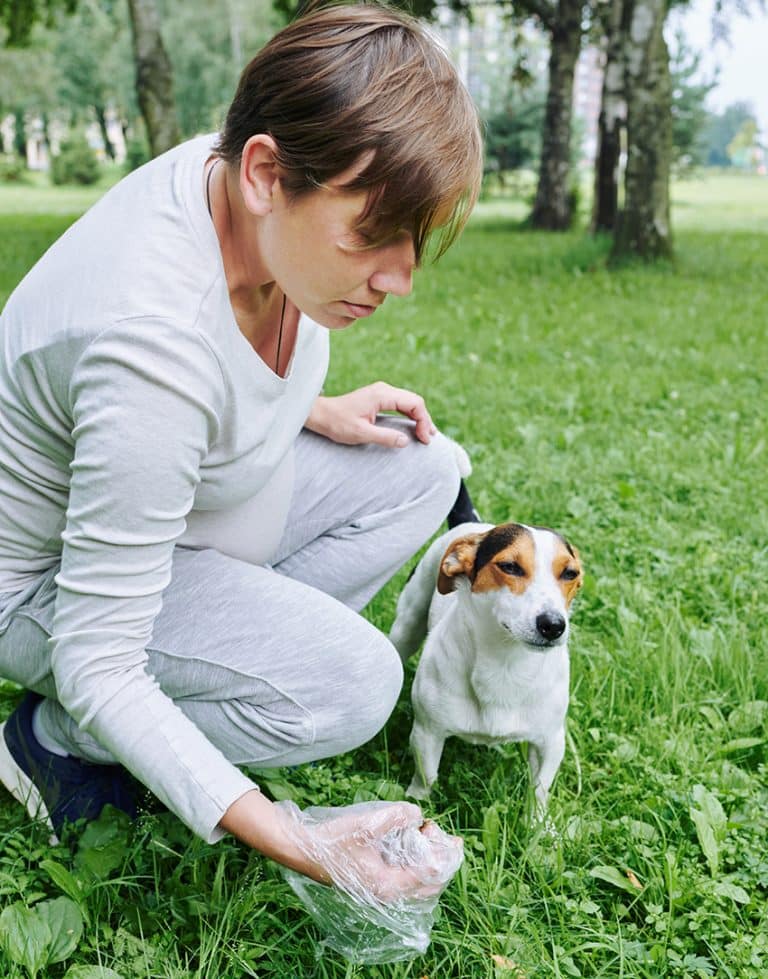
Chuck the Lint Brush - Use Tape and Rubber Gloves
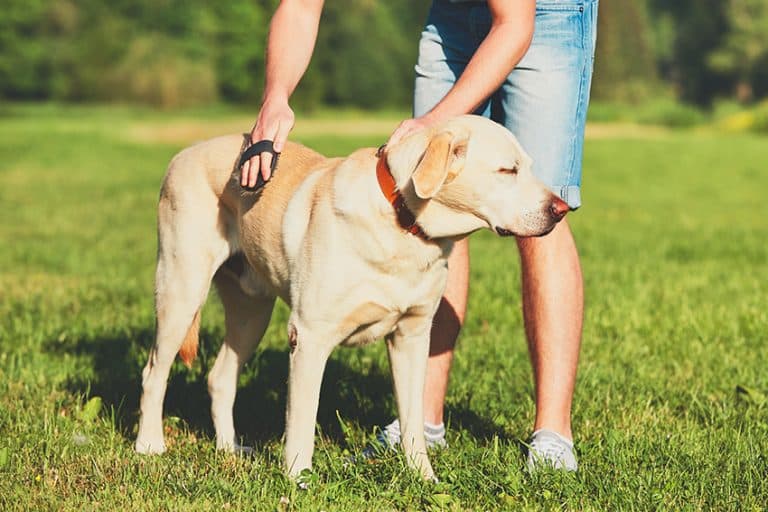
Dog-Proof Your Home

- Solutions that should be locked away. There are lots of toxic chemicals in your average home. Keep items like bleach, drain cleaner, ammonia, and antifreeze out of reach of your pup.
- Use child-proof gear to cover outlets. There’s probably a very slim chance that your pooch will electrocute himself by licking the wall sockets, but why risk it?
- Cover or fence off pools and hot tubs. Even if you have a water dog, Fido could fall into the water and not be able to get out before he tires out. Only let your pooch have access when you can supervise him.
- Clean up after yourself, especially if you have a chewer. Don’t leave stuff lying around for him to sink his teeth into. Some items could be a choking or obstruction hazard. At the very least, keeping valuables out of reach means that you won’t have to shell out cash to replace it.
- If you have a trash hound, cover garbage cans to prevent access to dangerous items like chicken skin and bones or dental floss.
Don’t Make Your Dog a Diva

Make a DIY Dog Bed

Make DIY Dog Toys
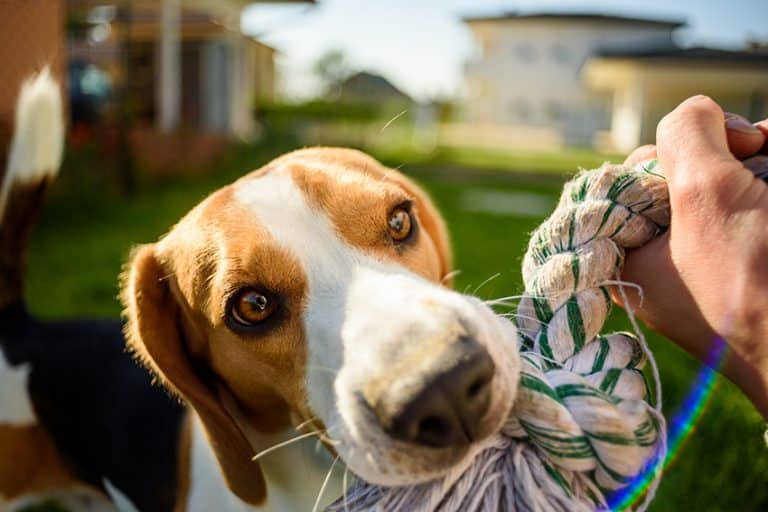
Avoid Cut-Rate Breeders

Adopt, Don’t Shop

I’m not saying that mixed-breeds aren’t just as adorable and loving as a purebred. As a matter of fact, our sweet rescue pup, Charis, is a mutt. Finding a good match for you is easier now than ever. There are sites like PetFinder.com that provide access to shelter and rescue databases across the country. You can search by breed, age, gender, and location. That’s how we got one of our furbabies.
What’s Your Hack?
Reality check: it’s expensive to take good care of your pooch. So, if you’re planning for your first furbaby, expect to spend money. That being said, there are ways to spend smarter and trim the budget safely. Try some of our tips and let us know in the comments below how they work for you.

